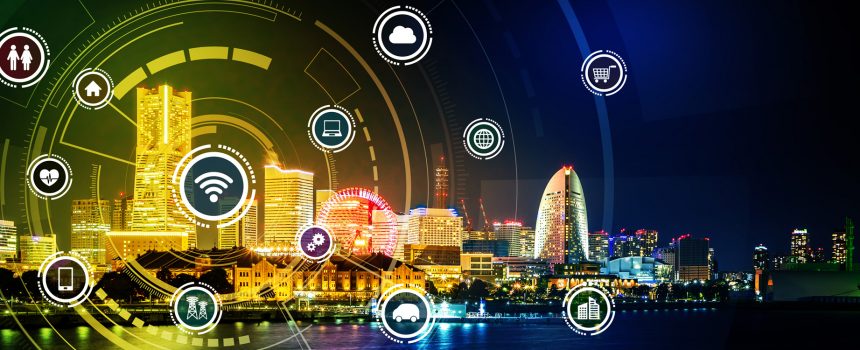Everyone knows that there have been unbelievable innovations in the last couple hundred years. There have, in fact, been 3 industrial revolutions—and we’re now right on the cusp of the 4th industrial revolution.
The 4th industrial revolution will mean internet-enabled smart devices seamlessly interfacing with each other and humans; data analysis and virtual models making it possible to assess and solve production situations on the fly; state-of-the-art services delivered to customers and companies through the Cloud; and even the capability of factory modules to replace or expand themselves.
The 4th industrial revolution is a combination of numerous technologies: nanotechnology, physics, robotics, biotech, 3D printing, artificial intelligence, and many more to come.
Technology Invades
This revolution is definitely pervading our entire society. There are 28 million programmers just on the software development platform GitHub. But let’s estimate the real number because the majority are not on GitHub. I think we could safely say that at least 1 percent of the world’s population—currently sitting at nearly 8 billion—are coders.
This high number of programmers affects just about everyone. There is hardly a household anywhere, save for those perhaps in still-developing countries, that doesn’t have some kind of technology. There are literally millions of apps. It’s become totally overwhelming.
Technology has become so pervasive that it’s unthinkable to consider what might happen if, for example, a hospital was suddenly denied technology. Or an airport. It would cause untold disaster.
But think of all the other businesses that also rely on technology, such as law offices and accounting firms. The list grows constantly. Today even a hotel would collapse without technology.
Sharing Technology
Prior to the internet, technology was slow to spread. We had super-geniuses such as Albert Einstein that brought technology across the Atlantic. We had mail and telegraph systems. But nothing like we have today; technology that previously took weeks or months to share can go all the way around the world in under a second.
It is truly amazing what has happened just in my lifetime. And because we are now so connected, technology will only expand even more.
Enabled Connectivity
A very important part of the incredible innovation happening today involves connectivity between systems and programs. Back when technology really began to take off, databases were centralized, and couldn’t even interact with each other. They were single systems—what we call “silos.”
To get around this issue, programmers created connecters. These connectors had to be very complex in order to function properly. My company uptime iTechnologies programmed connectors—in fact, we were one of the first companies to program pattern recognition systems that were the forerunners of artificial intelligence.
Such connectors could be unidirectional or bidirectional, were very linear, weren’t scalable, and couldn’t be mixed with others. They were heavily dependent on server structure, data definition, and IT departments. They were very expensive and time-consuming, and once you created one it would only connect one single application or platform with another.
It was almost 10 years before people realized we needed to advance, that we needed something easier. The next innovation was Application Programming Interfaces (APIs). The evolution was a little better because platforms such as Zapier, SyncAPP, and PieSync sprang up to make all our lives easier. If you had an API, you could link to another platform through the API.
But at the end of the day, APIs still only mapped one system to another, and programming for an API still required coders and IT resources.
Explosive Breakthrough
We are now on the brink of an explosive breakthrough in connecting different applications and systems—and have in our hands the next evolution that will overcome and blow apart everything that came before it. There will literally be no barriers.
To be continued next week…





















Comments